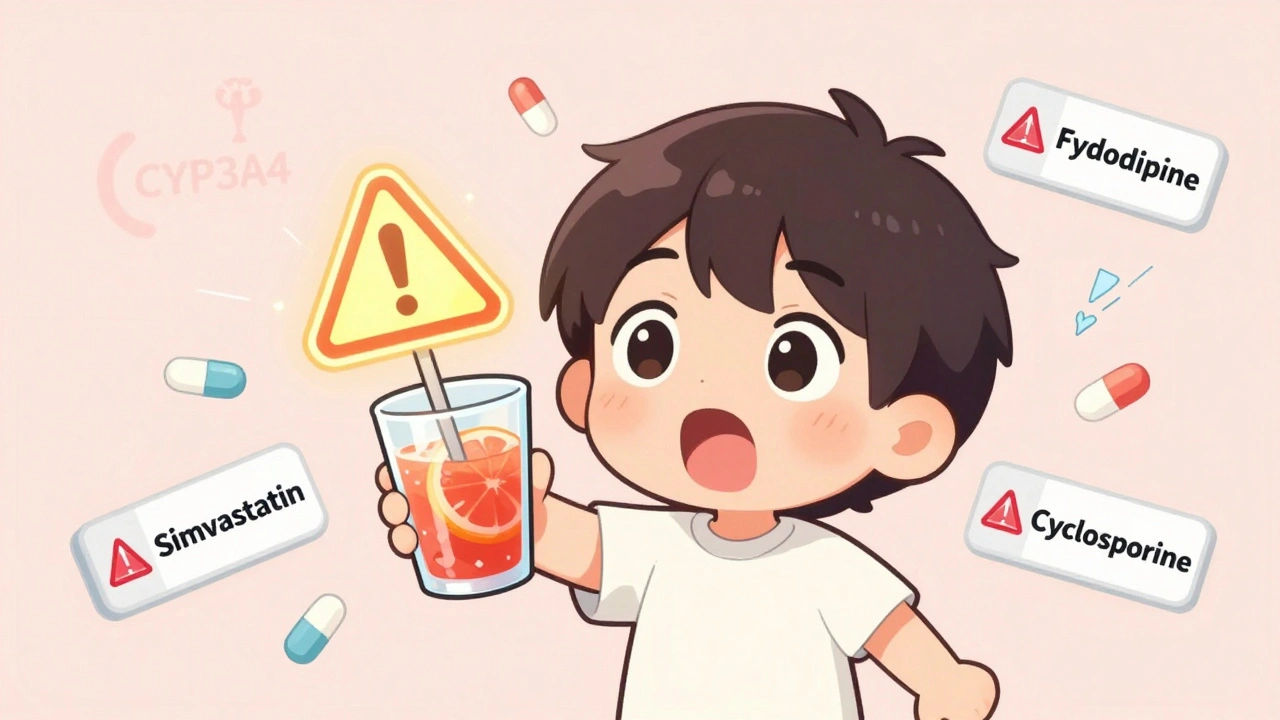Antiepileptic Drugs – Essential Guide for Patients and Professionals
When working with antiepileptic drugs, medications designed to prevent or reduce seizures in epilepsy and related neurological disorders. Also known as AEDs, they form a cornerstone of seizure management for people of all ages.
One of the most commonly discussed AEDs is Gabapentin, a calcium‑channel modulator that started as an anti‑convulsant and is now also used for neuropathic pain. Another major player is Lamotrigine, a broad‑spectrum agent that stabilises neuronal membranes by inhibiting sodium influx. Both drugs illustrate how antiepileptic drugs can differ widely in chemistry yet share the goal of dampening abnormal brain firing. Antiepileptic drugs encompass several pharmacological families. Sodium channel blockers, agents such as carbamazepine, phenytoin, and lamotrigine that reduce neuronal excitability by limiting sodium entry are one group; they directly influence the rapid depolarisation phase of the action potential. Other families include calcium‑channel modulators, GABA‑enhancers, and glutamate antagonists. Understanding which family a drug belongs to helps clinicians predict side‑effects and drug‑interaction risks.
Key Considerations When Choosing an AED
Choosing the right AED is rarely a one‑size‑fits‑all decision. Therapeutic drug monitoring is often required because many AEDs have narrow therapeutic windows—too low and seizures persist, too high and toxicity emerges. For instance, serum levels of carbamazepine must be checked regularly to avoid dizziness, ataxia, or serious blood disorders. Drug–drug interactions also play a huge role; enzyme‑inducing AEDs like phenytoin can lower the effectiveness of oral contraceptives, while enzyme‑inhibiting agents such as valproate can raise levels of co‑prescribed medications.
Side‑effect profiles differ not only between families but also between individual agents. Gabapentin is generally well‑tolerated but may cause drowsiness or peripheral oedema, whereas lamotrigine carries a risk of skin rash that can progress to Stevens‑Johnson syndrome if titrated too quickly. Patients with comorbid mood disorders often benefit from AEDs with mood‑stabilising properties, such as valproate or lamotrigine, highlighting the overlap between neurology and psychiatry.
Finally, the clinical context matters. In pediatric epilepsy, certain AEDs are preferred because they have minimal impact on growth and cognition. In women of child‑bearing age, drugs with lower teratogenic risk, like lamotrigine, are favoured. For refractory cases, combination therapy—using drugs from different families—can provide synergistic seizure control, but it demands careful monitoring to avoid cumulative toxicity.
Below, you’ll find a curated collection of articles that dive deeper into specific AED topics, from detailed drug comparisons to safety guidelines and purchasing advice. Whether you’re looking for practical tips on buying generic gabapentin online, want to understand how lamotrigine works, or need guidance on managing side‑effects, the posts that follow provide the insight you need to make informed decisions about antiepileptic therapy.





